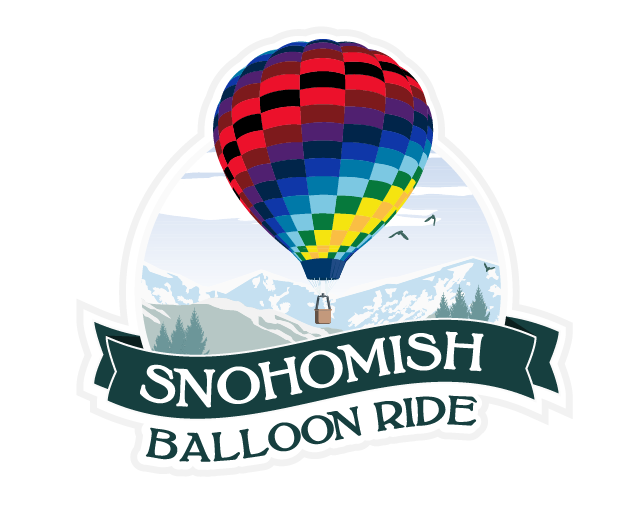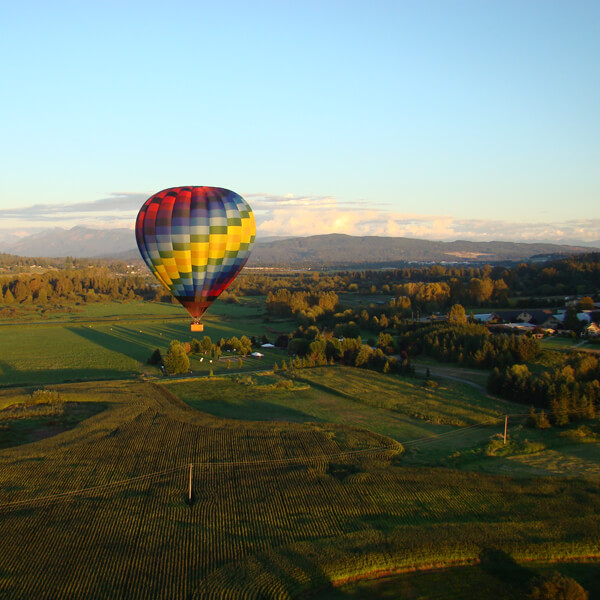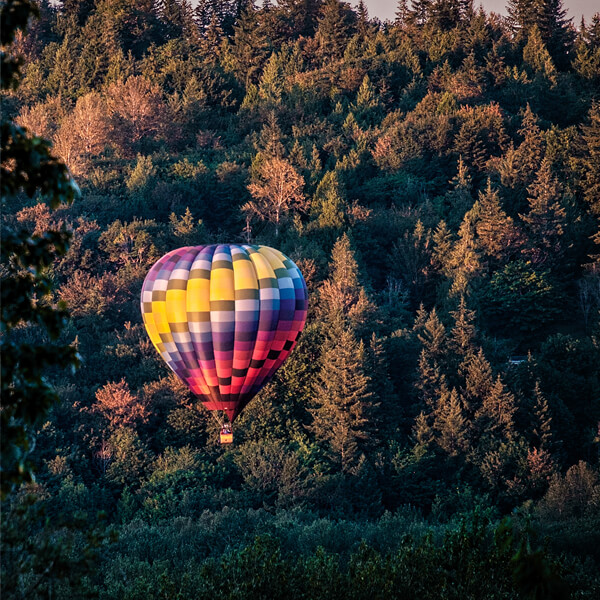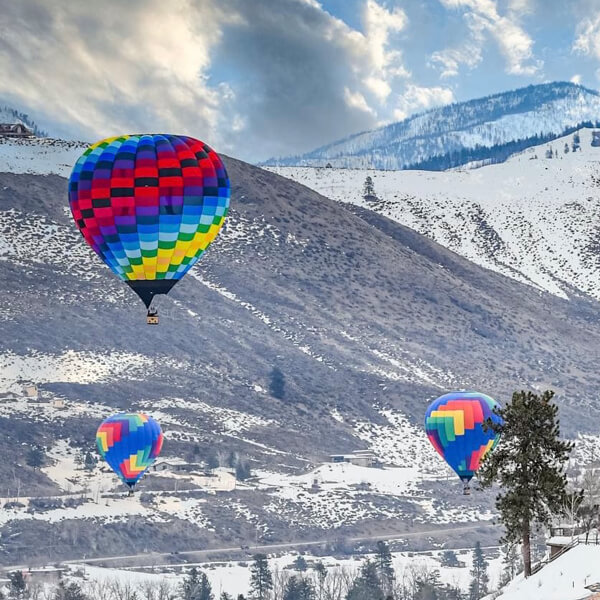Up, Up, and Away: The Science and Art of Hot Air Ballooning
The Science Behind Why Hot Air Balloons Fly
Hot air balloons, a marvel of simple yet ingenious design, rely on basic principles of physics to take flight. The science behind this lies in the fundamental principle of buoyancy. Hot air is less dense than cooler air, causing it to rise. By heating the air inside the balloon, the air becomes lighter than the cooler air outside, creating lift and allowing the balloon to ascend.
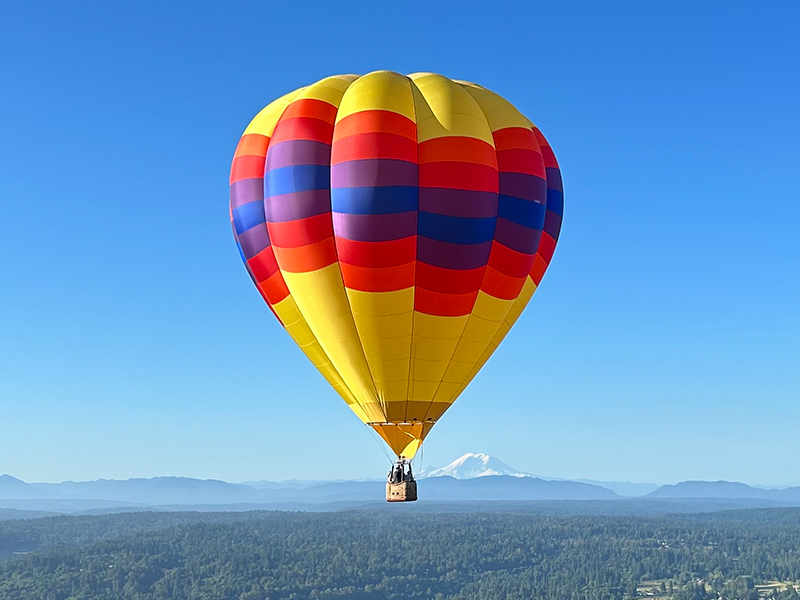
How Do Hot Air Balloons Steer?
Steering a hot air balloon is a bit of an art. Unlike airplanes or helicopters, balloons lack direct steering mechanisms. Instead, pilots utilize varying wind directions at different altitudes. By ascending or descending to catch these different wind currents, pilots can navigate their balloons in the desired direction. This requires a keen understanding of local wind patterns and precise control over the balloon’s altitude.
The Importance of Wind
Wind plays a critical role in hot air ballooning. It not only provides the necessary direction for travel but also affects safety. Ideal wind conditions are gentle breezes, typically ranging from 4 to 6 miles per hour. Strong winds can make launching, controlling, and landing a balloon difficult and dangerous. Understanding wind patterns and behavior is essential for a safe and enjoyable flight.
Why Do Balloon Pilots Cancel Flights?
Safety is paramount in hot air ballooning. Pilots may cancel flights for several reasons, primarily due to adverse weather conditions. High winds, storms, rain, or low visibility can pose significant risks. Additionally, pilots must consider temperature, as it affects the balloon’s lift. Even the potential for unexpected weather changes can lead to a cautious cancellation. Safety always comes first, ensuring both the crew and passengers have a safe experience.
How to Get a Balloon Pilot Certificate
Becoming a certified hot air balloon pilot involves several steps. Firstly, aspiring pilots must be at least 16 years old. They then undergo training with a certified instructor, accumulating a minimum of 10 hours of flight time, which includes at least six flights and one solo flight. Trainees also need to pass a written knowledge test and a practical flight test administered by an FAA examiner. Upon successful completion, they earn a Private Pilot Certificate with a lighter-than-air balloon rating.
Who Regulates Hot Air Balloons?
In the United States, hot air balloons are regulated by the Federal Aviation Administration (FAA). The FAA sets standards for pilot certification, balloon maintenance, and operational safety. This ensures that all aspects of hot air ballooning adhere to strict safety guidelines, protecting both pilots and passengers.
In conclusion, hot air ballooning is a blend of science, skill, and respect for nature. From understanding the principles of buoyancy to navigating wind currents and adhering to safety regulations, it’s an adventure that requires knowledge, precision, and a love for the skies.
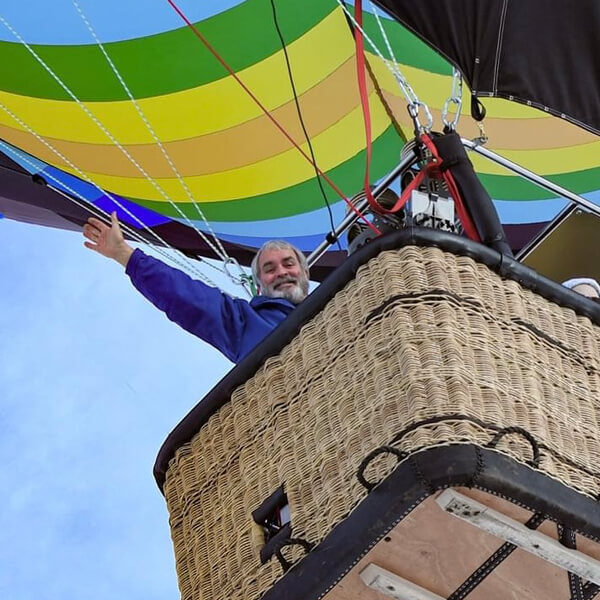
Hello everyone! I'm Captain Bob
I'm incredibly excited to share my 41st year of commercial ballooning with you today! Get ready for an unforgettable flight over beautiful Snohomish – truly a first-class location for a hot air balloon adventure. I love introducing people to the magic of ballooning, and I'm here to make this experience truly memorable for you.
